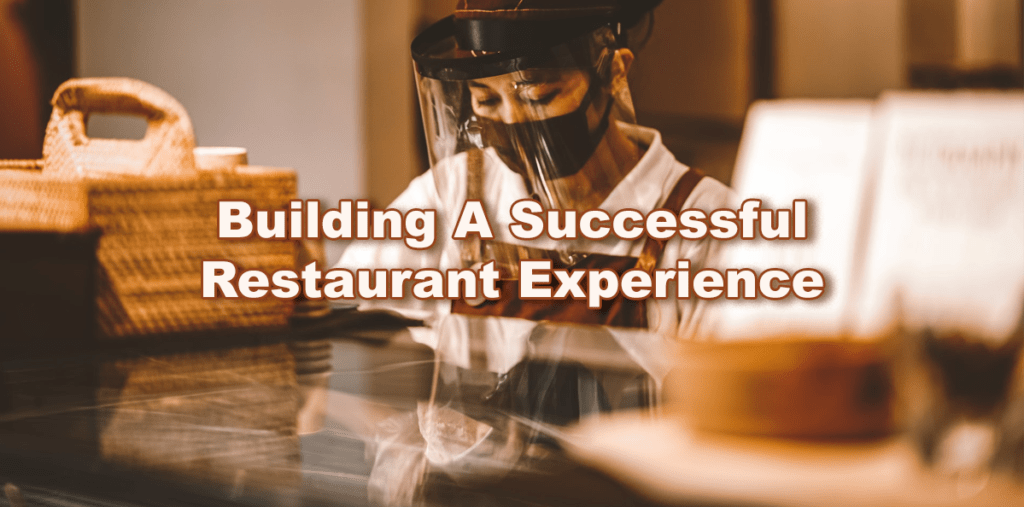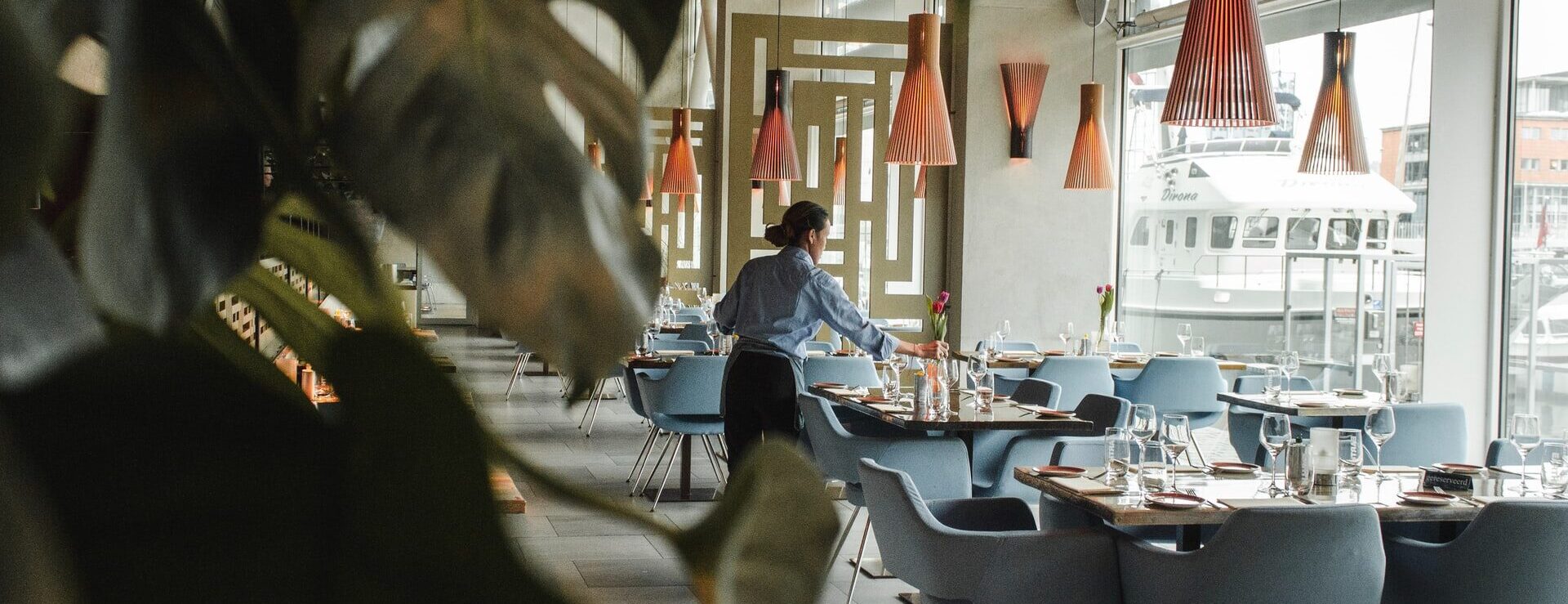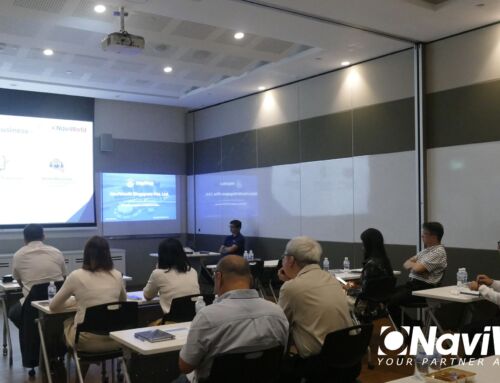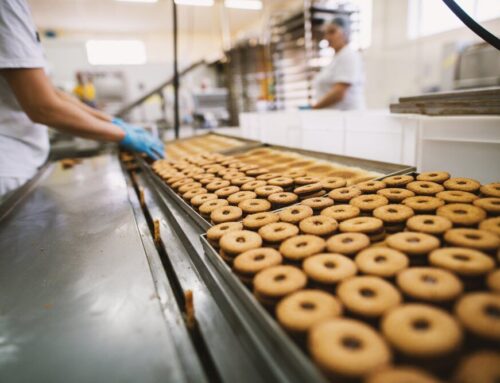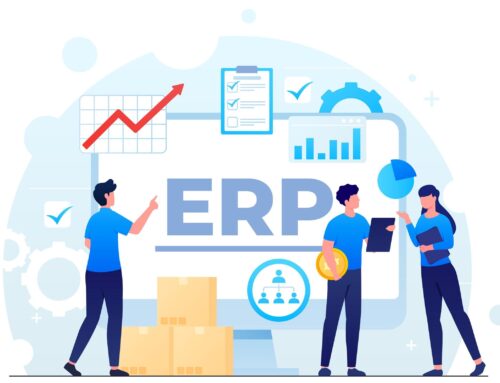Digital transformation is no longer a choice. The tips for building a successful restaurant experience in this tough time are just that. That’s the key message from the experts who spoke at “How to build a successful restaurant experience in Covid times,” an online event organized by LS Retail and Microsoft. The panel included industry experts from Microsoft and LS Retail as well as Leon DeWet, a CIO with decades of experiences in the F&B industry. The group discussed how restaurants can build competences and resilience to maintain customer loyalty and thrive, now and through the next crisis.
As Robbee Minicola, Senior Director, Global Partner Strategy, WW Retail & Consumer Goods at Microsoft, put it, “now more than ever, digital readiness is core to the success of this industry. Those who have already undergone their digital transformation can manage their business more effectively during Covid-19 versus those who have not.”
Here are 8 tips for a successful restaurant experience from the experts to help you approach this digital transformation. We hope that these tips can help you ride the next wave of change instead of being crushed by it.
Restaurant Experience Tip #1. Rethink every step of the journey
Yesterday, you had to deliver convenience and hospitality; today, you must also guarantee customer and employee safety.
Many restaurants have added quick fixes, such as covering payment devices in plastic, so they can easily be sanitized. “How often does the reader on the contactless device not work, now that it’s covered in plastic?,” Minicola asked attendees, adding “And how often do restaurants ask me to touch the screen anyway to provide a tip?”
The boom of contactless payments, home delivery, drive-thru and curbside is not temporary. Restaurants must step back, rethink the whole journey, and implement solutions that are effective and designed to last long-term.
Two examples that were mentioned of additions that will bring a benefit now and tomorrow:
- Menus that can be accessed via a QR code are useful now – paper menus are hard to sanitize – and will provide a value later on, as they enable restaurants to make quick menu changes without wasting time or printing costs.
- Software to manage tables and seating plans can help you easily redesign your floor plan, with safely distanced tables and clear tracking of who is seating where and when for contact tracing purposes. In the future, table management software can help you optimize seating space, track the status of each table (who is waiting to order, who has been served) and easily accommodate last-minute guests, all the while keeping your service flawless.
Restaurant Experience Tip #2. Focus on mobility
Mobility should be a priority in any digitization project. Running your Point of Sale on mobile devices helps you manage the flow of guests and staff inside the restaurant premises. Your server can take an order from a group sitting on the terrace, and then go to another table, take their card payment and see them out. Service is faster and more convenient for your guests, who can stay seated throughout. At the same time, you reduce the risk of contagion by reducing needless walking around and queuing at the till, and by letting servers using a personal device instead of sharing a standard till.
And if your POS offers a two-way connection to the display systems in the kitchen, you get a whole set of extra benefits. “With our restaurant software, when you punch in order at the POS, the order is sent automatically to a digital display at the correct kitchen station. Your front-of-house staff is spared all the needless back and forth from the table to the kitchen and the register. The result is less risk of contact, and less time wasted,” said Eric Miller, Regional Director at LS Retail. But this is just scratching the surface. Mobile POS, especially when part of an interconnected technology platform, also enables more precise communication between front of house and kitchen, reduces the risk of production mistakes, and helps speed up table turns. Michael Mento, a Surface specialist at Microsoft, described how eagerly restaurants had adopted the Surface tablet devices, which also come with accessories specifically designed for use on the restaurant floor.
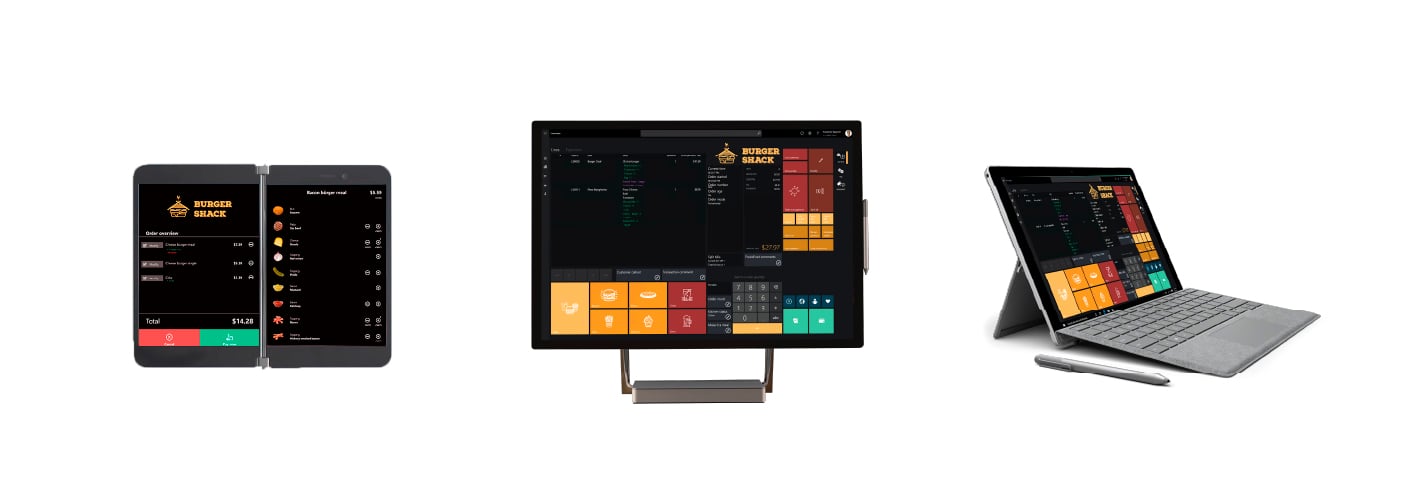
Image from LS Retail (Retrieved on November 19, 2020)
Restaurant Experience Tip #3. Build your experiences on a strong technology platform
Customers demand consistent experiences, and these can only be achieved through a unified approach to technology.
Unified software solutions are increasingly replacing traditional fragmented IT setups. The benefits are well known:
- Managers get a 360-degree view of the organisation, with all business and customer data accessible in one place.
- Decision making is faster, as managers can get actionable reports, accounts and statistics exactly when they need them.
- Implementation and management costs are lower, as you don’t need to integrate separate systems and to maintain these integrations.
- You can transmit information quickly across the company, from the dishes on today’s menu to recipes, prices and nutritional content. So everyone can always perform at the top of their abilities.
And if you run your unified software in the cloud, you can grab opportunities as they arise. As the pandemic hit, companies that run their software in the cloud, and who were not burdened by traditional on-prem infrastructure, investments and timelines, have been able to add innovative technology and transform their business models faster. “For many restaurants, the ability to add systems for pickup, delivery, and curbside made the difference between success and closing up doors,” Miller pointed out.
Leon DeWet, former CIO at F&B enterprises Cracker Barrel and O’Charley’s, reminded business to consider how well the selected software and hardware work together. “If one works, but the other one doesn’t deliver, the project fails,” he noted. “Look for a solution that is proven for software and hardware working together.” Mento, from the Microsoft Surface team, echoed DeWet’s words.
Restaurant Experience Tip #4. Track changes in customer behaviour
With people working from home and stuck in lockdowns, restaurants have seen tremendous changes. They have lost old customers, gained new ones, and seen regulars approach them at different times, with new needs. These are changes businesses must pay attention to. “You need to capture this data, or you have no way to build your strategy on driving loyalty now and into the future,” said Minicola. “You cannot establish and foster loyalty without data,” she added.
Access to data that is both reliable and timely is necessary for action. You need to clearly see what is happening to react and prevent issues and waste. “During the pandemic, many restaurants have had problems sourcing specific ingredients,” said Miller. “With our software, you can do a predictive cost analysis, and experiment varying prices, menus and recipes. The system helps you find the sweet spot with optimum benefits. You can then use this knowledge to build resilience into your supply chain in preparation for similar events down the road.” Having clear visibility of your available stock across your locations also enables you to optimize stock usage, for example moving the content of your freezers from a location in a mall that is seeing no foot traffic to one that is still doing good business.
Restaurant Experience Tip #5. Change your metrics
The world has changed, and how you define success needs to change, too. DeWet believes that too many restaurants are stuck to old KPIs, and took table turns as an example. “How fast you can turn a table is only important if you have guests to fill that table. Don’t be blinded by what has historically been deemed key metrics within the organization. Understand what’s happening in your business now before you decide which metrics to focus on,” he advised.
Change your metrics, and be ready to tweak them again and again. “You can’t use current behaviour as an indicator of how customers will deal with you in the future,” Minicola pointed out.
Restaurant Experience Tip #6. Use intelligent tools to predict the future
DeWet, who describes himself as a true fan of intelligent analytics, believes that too many restaurant businesses don’t use their analytical capabilities to their full potential.
“Most organizations are still too focused on just using analytics reactively. They look at the historical data to try and understand what has happened. But it’s with predictive analytics that you get the true value of your intelligence,” said DeWet. Predictive analytics look at disparate large data and find those correlations that can help you foresee changes in trends, so you can understand where the business may be going. For example, if you see that average miles driven begin to drop, you can use AI-powered tools to investigate what typically happens when that situation occurs. This helps you predict when you can expect it and prepare for it.
DeWet also described the benefits of using a business intelligence platform that can pull in big data. “Marrying your internal data with external data about your environment, you can get a much clearer picture of how guest behaviour might change. In some areas of your business, a small change in your behaviour or your processes can drive huge benefits,” he said.
Restaurant Experience Tip #7. Don’t forget the human factor
Even though social distancing has changed the entire experience of dining in, guests still want to get a social, warm, personalized experience from their restaurant visit. Employee empowerment – allowing your staff to create an atmosphere of hospitality that drives people back – remains essential to breed loyalty.
“We all strive for loyalty – but it all starts with personal connections,” said Minicola. “If you want to connect with me, you have to talk to me. And that’s how you collect my data, get to know me better, and can then send me offers that drive me back through your doors.”
Carefully select your staff members, and take care of them. “When your staff are well cared for, your customers will be well cared for, too,” said Minicola.
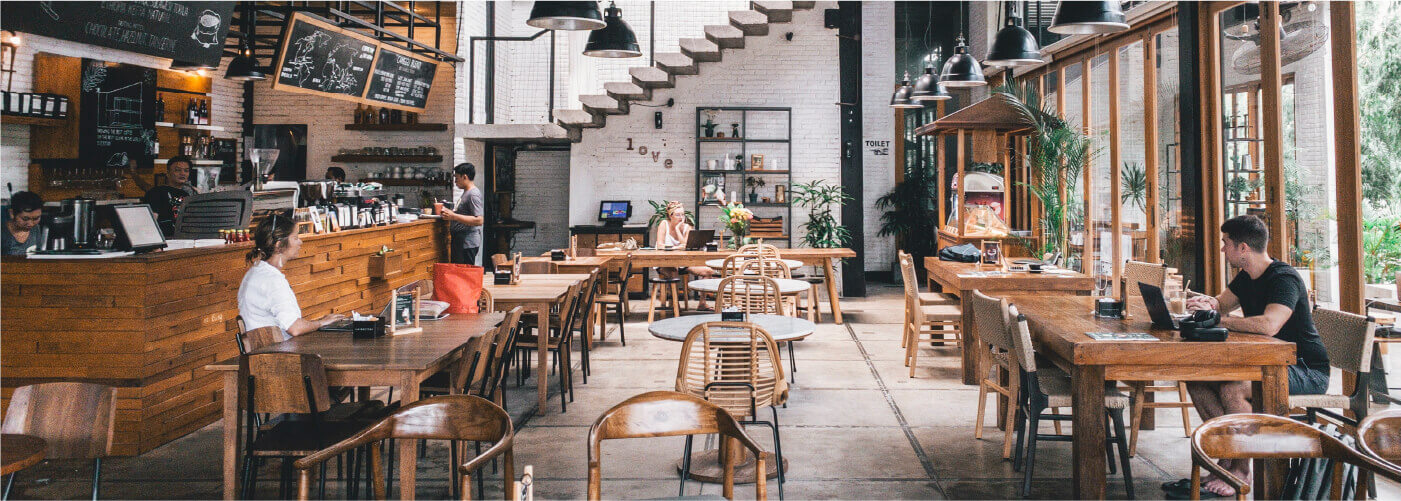
Restaurant Experience Tip #8. Think long term
An effective digital transformation is built on long-term thinking. “Who would have thought, just a year ago, that curbside delivery would be a thing for restaurants like it is for Walmart?” Minicola asked. DeWet advised restaurant CIOs that “We need to change our mindset, and realize that an investment in technology is no different from an investment in the latest air conditioning, or fry system. In both cases, you are investing in a key infrastructure that will enable to do business on an ongoing basis. You can’t wait until the demand is there before you make that investment. You need to be ready ahead of time,” he concluded.
Restaurant Experience in Times of Crisis and Beyond
There will be no “going back to normal” after Covid-19. Consumer demand will keep on shifting in different directions, and restaurants must be ready to transform constantly. “There’s a value in being prepared for the future. Even if technology may not drive clear returns today, if it puts you in a position to be able to respond to changes, then it’s worth it,” DeWet said.
Digital transformation has become an imperative, but restaurants don’t have to do it all on their own. “No one expects you to understand it all. That’s why you have partners,” Minicola said. If you need help in getting your digital transformation going, contact us.
The above article was written by LS Retail on 13 October 2020. The original copy can be access here.

